

BIRD HOUSE
Adopt a nest and support biodiversity.
We are building and installing artificial nests to give shelter to wild birds.



We are building and installing artificial nests to give shelter to wild birds.

Artificial nests offer shelter and safety to birds during the most delicate and important time of their lives: the nesting period.
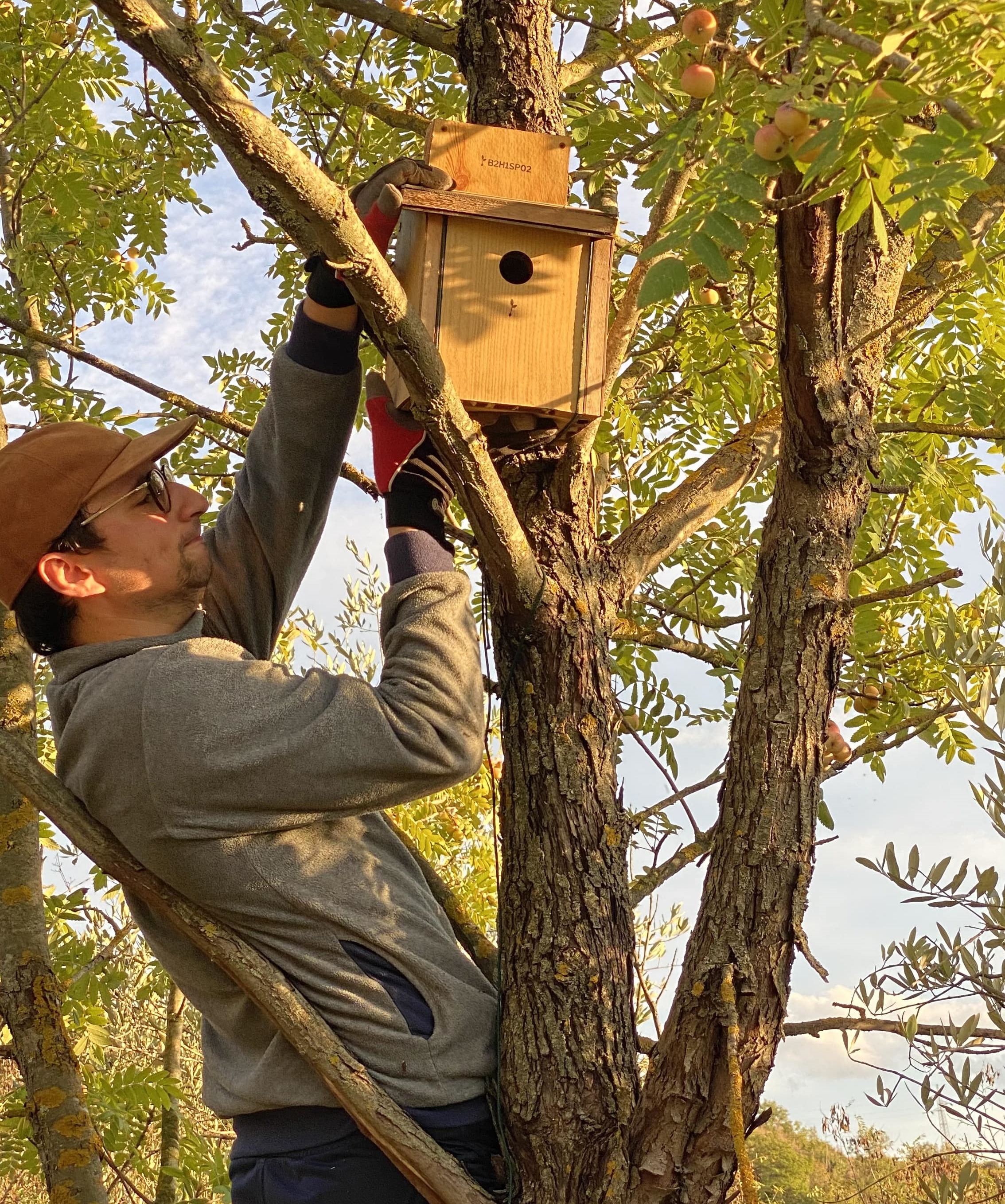
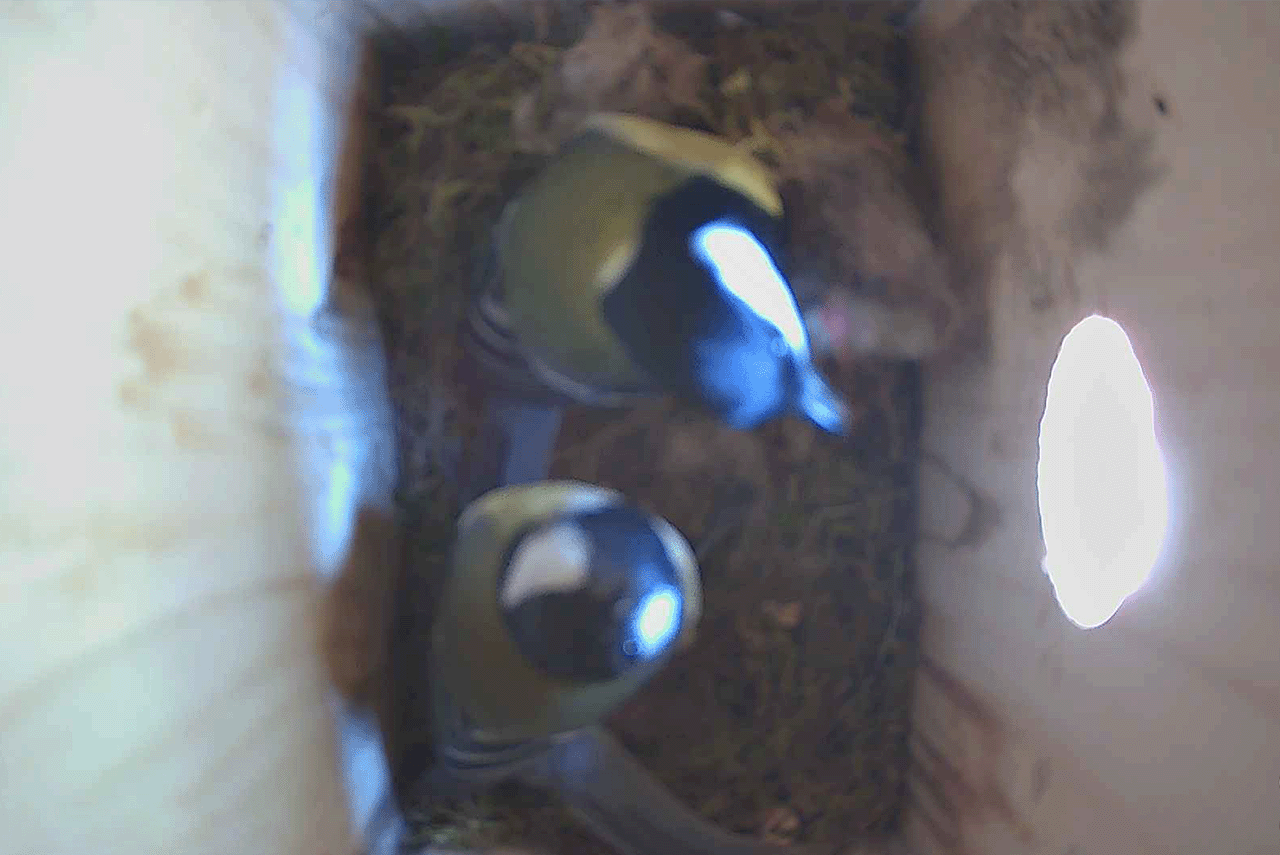
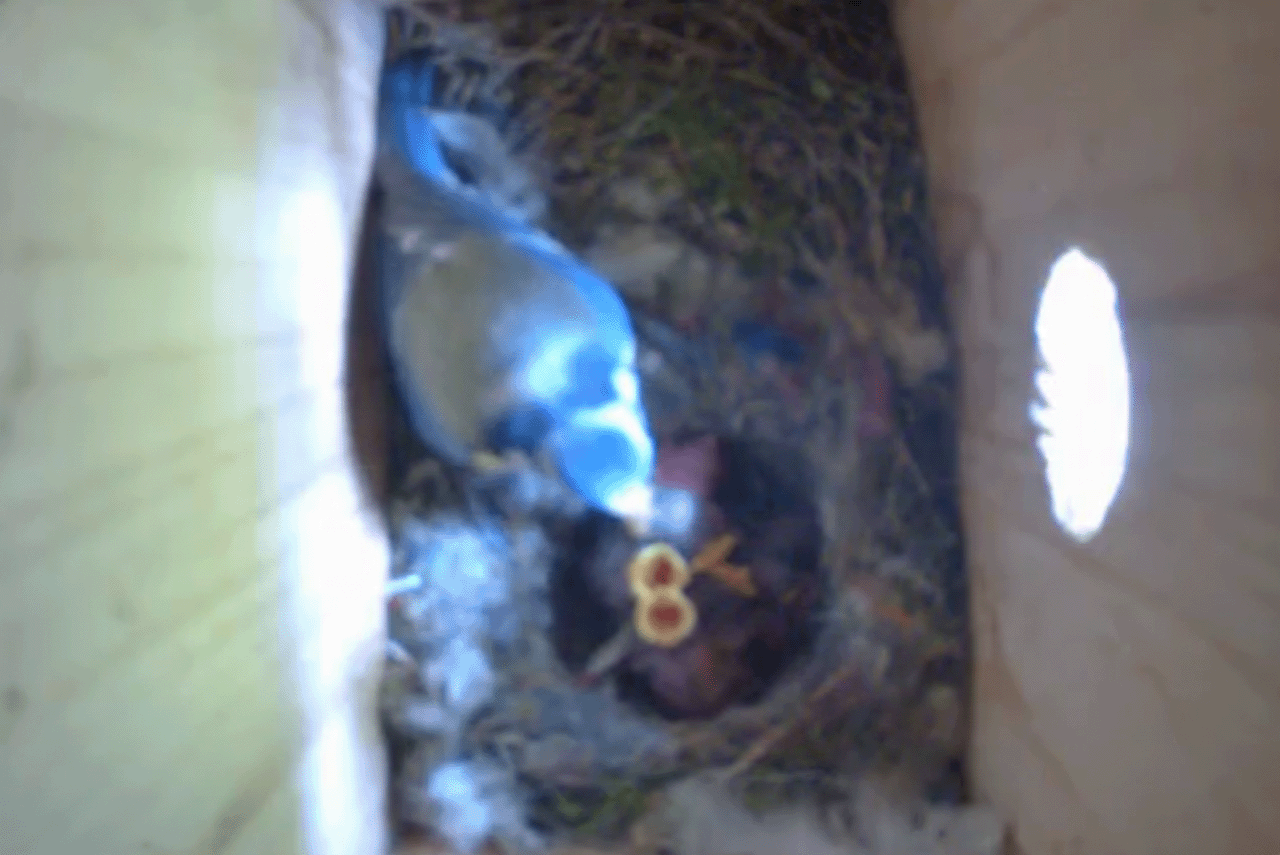

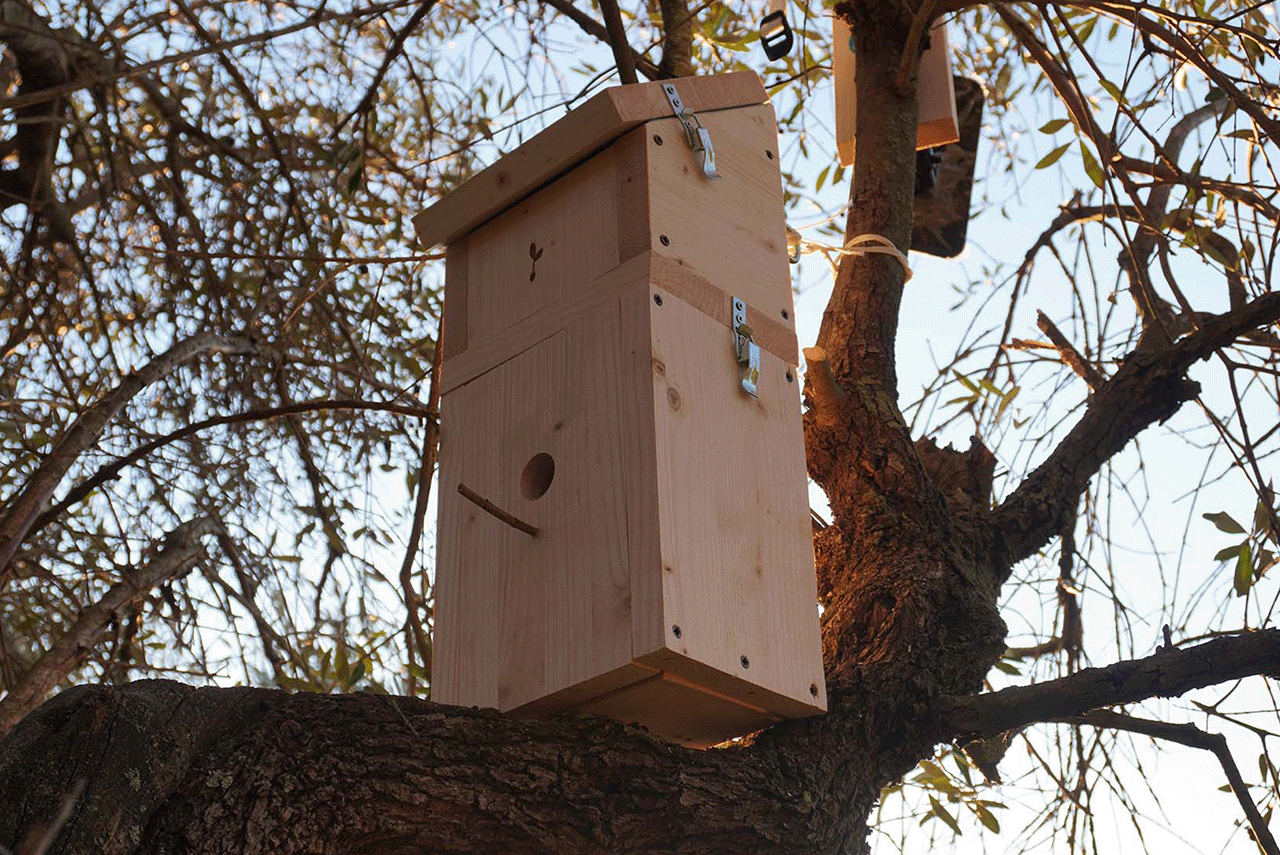


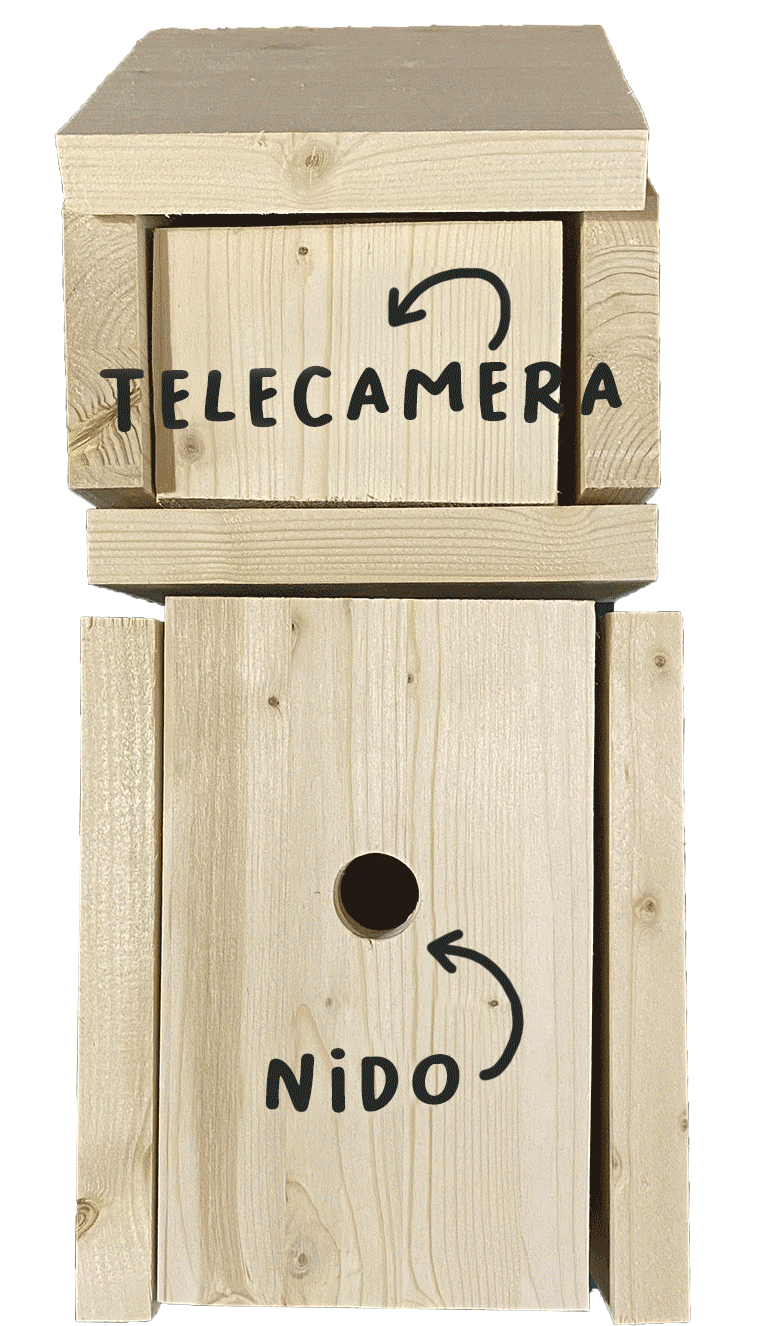
These are mailbox-type nests, and in the top part of the structure, they contain an infrared camera.
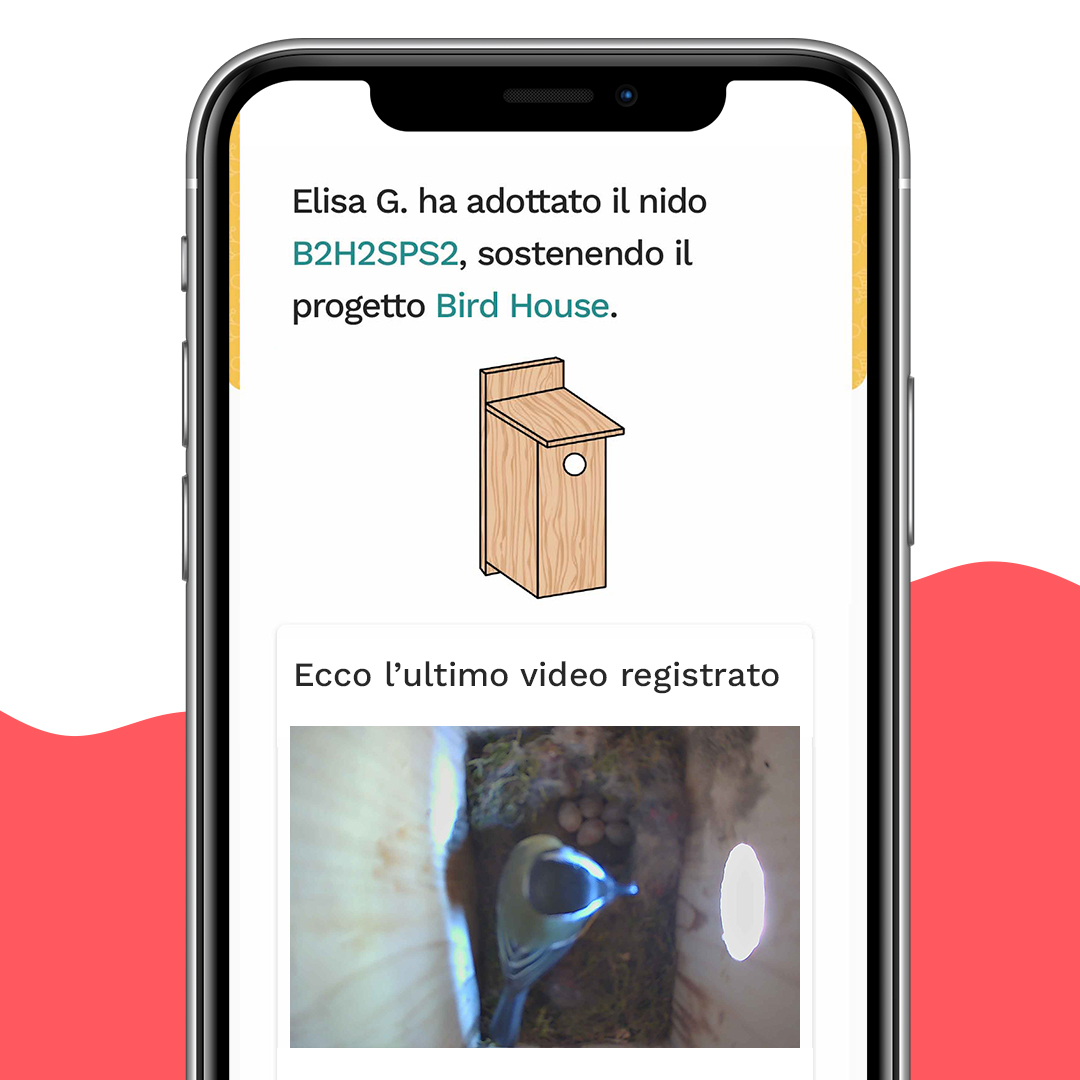
By registering the unique code you receive after purchase, you get a digital certificate with all the details about the smart nest:
the nest’s geolocation within the Silva reserve
videos of all recorded movements if there’s any activity inside the nest
a video area with everything the camera has recorded, so you can revisit the nest’s entire story at any time!
📩 Our email: has the subject line “Piantando – Here are your codes to register!” and contains the code you need to register in order to access your digital certificate.
🐦 Nature: respecting its timing. Local species overwinter until spring; from April onward they’ll start looking for a nest to lay eggs in.
Let’s get comfortable and watch nature’s show together! For other questions, have a look at these FAQs ⬇️
No, because you’re not adopting an animal but gaining access to a Smart Nest’s monitoring:
The nests are located in Abruzzo, specifically in Piantando’s Silva reserve: a protected natural area identified as at risk of desertification and runoff by the Ministry of the Environment.
Bird House’s smart nests are handmade and contain technology that allows us to access images remotely under any conditions. The cameras installed inside each nest are worth hundreds of euros, plus monthly maintenance and connectivity costs. It wouldn’t be sustainable to have a single nest for each certificate.
Bird House is part of the larger biodiversity restoration project within Silva. Piantando purchased several hectares of land in Abruzzo at risk of runoff and affected by a 2013 fire. These issues, plus littering, land abandonment, and degradation, effectively eradicated flora and fauna biodiversity in the area. Bird House, as part of the Silva project, aims to restore and boost biodiversity by collecting concrete qualitative and quantitative data. This concreteness also includes precise monitoring of bird nests and analysis of their occupancy rate.
Once the code is registered, there’s no need to do it again: you can save the link to your certificate and access it directly from your computer or smartphone. We made a short guide on how to save it; you can find it in our highlighted stories on Instagram.
The nests might remain empty until spring, which is the nesting season, but even then, there’s no guarantee they will be inhabited: other animals might move in and make the nest their home, such as bees, wasps, or other insects. We have no control over nature, this too is part of the project and its natural rhythms.
Bird House is neither subscription-based nor automatically renewed: it's a one-time payment that grants access to a Smart Nest for 12 months from the time of purchase.
Our nest care and maintenance activities will respect the reproductive cycle without disturbing the birds during nesting and incubation.
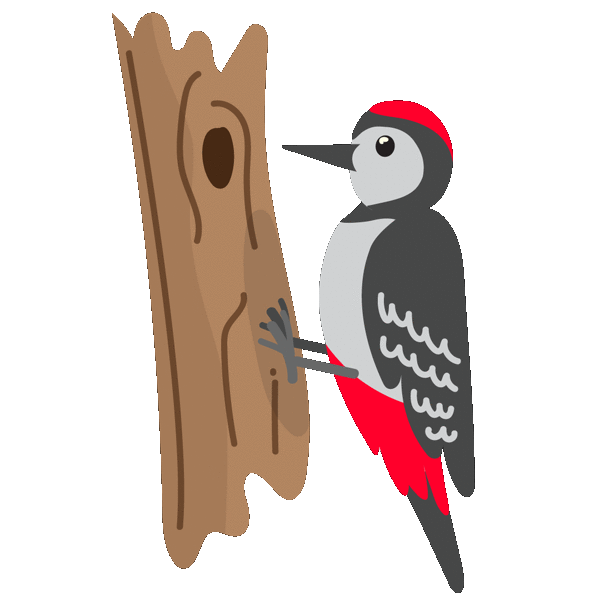
Adult birds, especially the males, inspect the area looking for a nest to occupy. The nest is placed in late autumn in a protected, quiet spot.

After pairing up, birds prepare the nest for egg-laying. It’s important not to disturb the nest during incubation to avoid abandonment of the clutch.

After hatching, the chicks are fed and grow until they are independent. During this phase, it’s essential not to disturb the birds so as not to prevent future nesting use.

After breeding season, the nest is removed, cleaned, and reinstalled. To help birds in winter, you can provide artificial feeders to ensure food during the cold season.